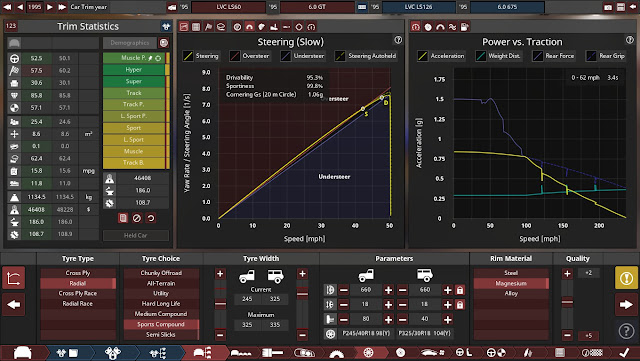A Lifer's Diary, Part 11: An Eight-Player Game?!
Although most versions of The Game of Life support either four or six players per game (the former applying only to Generations IV and V, and the latter applying to all prior versions), some Generation I sets have enough movers for an eight-player game. This led me to ask: Could any other Generations of the Game of Life support that many players at a time? For Generation III, the answer would most definitely be no - it has simply too few Career Cards of either type, nor are there enough Starter Home, House, and Share the Wealth Cards either.. This is not the case from Generation IV onwards, although you'd need two sets (and one board for either of them) to do this. That leaves Generation II, but there are some caveats, which I'll explain below.
For an eight-player game to be possible in Generation II, some concessions would be required; given that only six (or seven in Generation 2.5) Career Cards in this version are selectable without a degree. Thus, at least two players would have to go to college at the start of the game to accommodate this limitation. Even then, if no compatible Career Cards were available, a player who landed on a Lose Your Job space would have to retain their current career out of necessity, although they would still have to choose a new salary as usual.
Moving to an eight-player format would also have other ramifications as well. For one, with that many players present, the draw pile of 21 Life Tiles would be emptied much sooner. Moreover, the combined amount of money earned by all players would be much higher than it would be in a six-player game, making it far more likely that the bank would run out of money, forcing the banker to write down additional notes in various denominations as necessary. In addition to this, every House would eventually be bought except for one, whereas in a six-player game, . Finally, the chance of all nine Stock Cards being taken would be increased even further, thus increasing the possibility of a player unable to earn a Stock Card without taking one from another player (and even then, only through a house rule allowing it).
Last but not least, having eight (or even seven) players instead of six or fewer would greatly prolong the game - I would expect such a game to take at least three hours on average to finish, what with each round of turns being much longer as a result. Given that in Generation II, a game with six players could take that much time to successfully complete, this would be the biggest obstacle (apart from a lack of supplies) to expanding the Game of Life to eight players. In fact, with Generation II sets only having six movers each, you'd need to borrow two movers from a second set to make an eight-player game possible.
So it's probably for the best that no version of the Game of Life has ever supported more than six players. Increasing the player count would not only add expense and complexity for its manufacturer, but would also run counter to the current trend for shorter, more intimate games involving fewer players. Instead, the current four-player format should be improved even further - which is especially important given that Generation V feels like a step up from Generation IV, according to most players and fans (including myself). These changes have made reversion to a six- or eight- player format unnecessary. So if you're still struggling to accept the fact that the Game Of Life now only has room for four players per set, stop complaining and enjoy the game!
That concludes my last post of 2023 - I'll see you in 2024. Until then, I'll wish all of you a Happy New Year!















